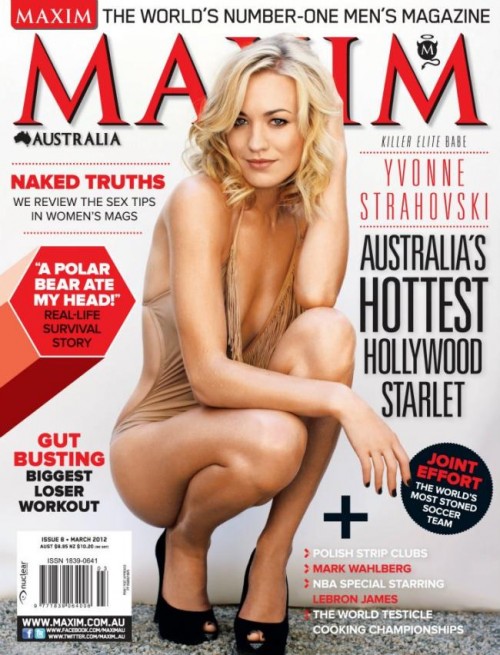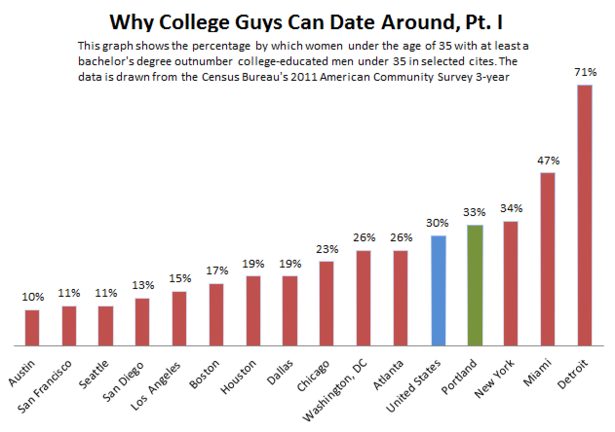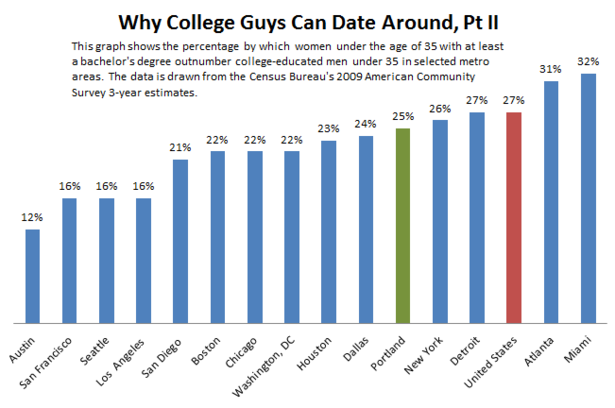
Maxim, of course, is the lad magazine that pioneered the space between GQ, Esquire, and such “gentleman’s periodicals” and Playboy and those magazines wrapped in black plastic on the shelves. I’ve always thought of it as Cosmopolitan for men.
When people talk about “lifestyle real estate”, they usually mean far more genteel brands. From the REThinkFuture’s “Beauty & The Beast” Scenario:
At the high end, a small pool of highly competitive “super agents” emerged, delivering high value life style services. Many worked across geographies, and some represented leading brands from Versace and Disney to celebrities. In addition, franchises became packagers of brands like Martha Stewart Living, hip-hop pioneer Jay Z, foreign groups like the Shia Mian Network (豕) and Arab developers like Nakheel.
But if you’re in the real estate business, and you’re looking for a lifestyle brand that could actually work today… consider Maxim Realty.
Why?
Take the jump, ladies and gents. (Of course, chances are, you won’t consider such a thing, but… there is something to think about here.)
Remember My Fascination With Millennials and Family Formation?
Back in April of 2011, I wrote a post called “Millennials and Family Formation” in which I explored the implications of the fact that vastly more women were going to college than men: 60% of college students are women today:
That is, because so many other men are unacceptable to highly successful women, the few successful men find it ever easier to get laid. And when you’re a young, healthy 30-year old investment banker in New York… why would you ever want to settle down and limit your options to just one girl?
Well, in 2012, it appears that The Atlantic has explored the issue in some interesting ways in an article by Jordan Weissman called “Forget Online Dating: Here’s Something That Might Really Hurt Monogamy“. To understand that article, you have to read this one, entitled “A Million First Dates“, which tells the story of a “Jacob” in Portland, OR, who can’t settle down because online dating makes it so easy for him to meet, date, and have sex with so many interesting women:
Now in his early 30s, Jacob felt he had no idea how to make a relationship work. Was compatibility something that could be learned? Would permanence simply happen, or would he have to choose it? Around this time, he signed up for two online dating sites: Match.com, a paid site, because he’d seen the TV ads; and Plenty of Fish, a free site he’d heard about around town.
“It was fairly incredible,” Jacob remembers. “I’m an average-looking guy. All of a sudden I was going out with one or two very pretty, ambitious women a week. At first I just thought it was some kind of weird lucky streak.”
“A Million First Dates” theorizes that the efficiency of online dating makes men, like Jacob, less likely to commit. Weissman, on the other hand, thinks it’s probably just supply and demand of college-educated men and women:
The things is, there are much, much bigger social forces at work in this country that could explain Jacob’s love life than the irresistible charms of a well-curated Match.com profile.
Take, for instance, the enormous shortage of college educated men in Portland, Jacob’s hometown. Across the United States today, young women are much more likely to graduate from college than their male peers, a trend that’s been compounding itself for a few decades now. And because college graduates overwhelmingly tend to date other college graduates, that’s created an enormous imbalance in the national dating pool.
Weissman then provides a couple of really interesting charts. First, he graphs the percentage by which college educated women under 35 outnumber college educated men under 35.
And he also looks at the wider metro area for the same metric.
One could make some interesting and pointed sociological commentary, one with longterm implications for American real estate market… like maybe researching family formation rates in those cities and metros… and then comparing that to real estate consumption patterns…
But instead, let’s just look at making money from this phenomenon.
Maxim Realty
I look at the above, and think… someone ought to start a Maxim Realty. The above charts gives us merely the city-wide or metro-wide DSI (Dating Supply Index). But realtors know that all real estate is local — hyperlocal, even. So a Maxim Realty would chart the above for a block-by-block, or at least a neighborhood-by-neighborhood DSI, and be able to offer to its all male clients incredibly valuable insight on where to live. Assuming, of course, that they are the kind of lads who would subscribe to Maxim (and therefore find the brand affiliation a positive).
By the looks of the statistics, that “kind of lads” is a growing market segment, and they might really value knowing where to live for the maximum DSI value. They might even pay more to live in those zip codes where the DSI is 30 or 40%.
Clearly, from the chart above, sunny Miami should be the market in which to launch Maxim Realty. the City of Miami has a DSI of 47% (#2), and the wider metro area has a DSI of 32% (#1).
I mean, like it or not, the Maxim angle is an actual lifestyle that really makes a difference, isn’t it? It’s what one might call a “heavy” lifestyle affiliation, one that actually dictates how someone lives his life, rather than a “light” lifestyle affiliation like Martha Stewart Living or Jay-Z.
Given the target demographic, there are some downsides. The Maxim lads are probably not homebuyers. They may be luxury renters, however, and there may be numerous ancillary services they’d want to use, leading to affiliate income (e.g., online dating sites, health clubs, nightclubs, etc.) for those who structure things appropriately.
Of course, the marketing for a Maxim Realty could be… ah… eye-catching.
The main challenge (well, apart from carefully avoiding Fair Housing Act regulations since the entire client base may be single men of a certain age and personality) is that in order to operate a lifestyle brand like Maxim, you must by necessity abandon large segments of the population. Like… women. And married guys.
This Whole Lifestyle Thing…
But see, there’s a point here. Effective lifestyle marketing alienates, and I figure, the more it alienates, the more effective it is likely to be.
If “lifestyle” merely means a general preference for some kinds of consumer goods, it doesn’t really mean much to the consumer. Hence, the “lightweight” lifestyle concept. Like, “Gee, I really do like how Martha Stewart sets the table” is probably a lightweight lifestyle concept, if it is a lifestyle at all.
So many companies — not just in real estate, but generally — try to become some sort of a “lifestyle” brand, but they really don’t want to alienate anybody, nevermind huge chunks of the population. But lifestyle is one of those things where you can either have depth or width, but not both. I know a guy who is a runner. He runs marathons and competes in Ironman. What he does isn’t remotely the same thing I do on a treadmill for 10 minutes. He’s a runner; I’m a guy who jogs once in a while. To appeal to that lifestyle running man, a “running lifestyle” brand has to be hardcore enough, and its products fitted to the needs and wants of the hardcore, that it will alienate me completely.
Much of what I see and hear as hyperlocal or lifestyle marketing or lifestyle branding in real estate center around things that most everybody cares about mildly: restaurants, entertainment, cute streets, parks, etc. I’ve seen an agent whose blog is filled with amateur restaurant reviews, for example, or interesting photos of the neighborhood. That’s nice, of course, and better than some of the crap you see on the Internet, but it’s not lifestyle.
Maxim is lifestyle. Now, the same restaurant review would be written from a particular point of view, for a particular type of person, and the content may have little to do with the skill of the chef and far more to do with the other patrons of the restaurant.
Eh… this is all just a fun exercise, and a fun excuse to post gratuitous pictures of lad mag covers, I suppose. But if you like the idea, think about buying this commercial real estate company’s URL, as they may be sitting on a goldmine. 🙂
-rsh



